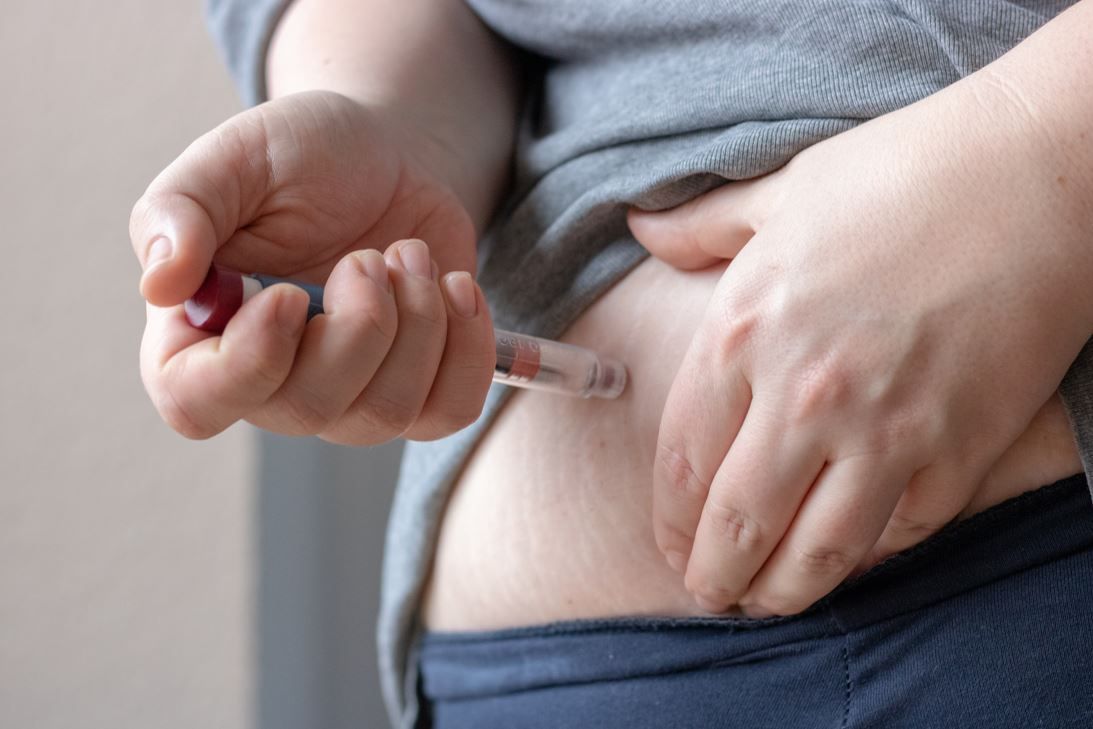USPSTF Lowers Age to Begin Screening for Diabetes, Prediabetes
Citing data that show the incidence of type 2 diabetes increases at age 35 years, the Task Force now recommends the younger age to initiate screening vs the current age of 40 years.
Vincent Scherer/stock.adobe.com

The US Preventive Services Task Force (USPSTF) lowered the recommended age at which to begin screening for prediabetes and type 2 diabetes (T2D) from age 40 to age 35 years for those who are overweight or obese but asymptomatic. The task force advises referral for preventive interventions for people found to have prediabetes.
The new recommendation statement, an update to the USPSTF 2015 statement, and the evidence summary was published on August 24, 2021, in the Journal of the American Medical Association.
In the statement, task force authors cite data suggesting that the incidence of T2D increases at age 35 years as rationale for decreasing the age to begin initial screening to 35 from 40 years and point to evidence that patients newly diagnosed with T2D benefit from early interventions including behavioral counseling to support a healthy diet and increase physical activity.
The recommendation to screen adults aged 35 to 70 years for prediabetes and T2D replaces the 2015 guidance that adults aged 40 to 70 years with overweight or obesity but without symptoms be screened for abnormal glucose levels and T2D as part of cardiovascular risk assessment.
“Clinicians can prevent serious health complications by screening adults with overweight or obesity for prediabetes and diabetes," said Task Force member Chien-Wen Tseng, MD, MPH, MSEE, in a USPSTF statement. "With appropriate screening, diabetes can be detected and treated earlier to improve overall health."
The CDC estimates that 13% of US adults aged ≥18 years have diabetes and that more than one-third meet criteria for prediabetes, according to the USPSTF statement. Further, among adults with T2D, 21.4% were either not aware or did not report having diabetes and just 15.3% with prediabetes reported having been told by a health care professional that they had the condition.
USPSTF commissioned a systematic review that yielded 89 publications drawn from PubMed/MEDLINE, Cochrane Library, and trial registries through September 2019 as well as literature surveillance through May 21, 2021.
Findings on which the final recommendation statement is based include:
- Improved outcomes as a result of interventions in patients with newly diagnosed prediabetes and T2D
- Improved outcomes with intensive glucose control with sulfonylureas or insulin
- Improved health outcomes at 10 years for those with overweight treated with metformin with results sustained long-term
- Reduction in progression to T2D from prediabetes in those overweight or obese based on incorporation of lifestyle interventions.
(See summary of USPSTF assessment below.)
“Fortunately, there are interventions that are effective for preventing prediabetes from progressing to diabetes and in helping people with prediabetes improve their health,” says Task Force vice chair Michael Barry, MD. “The Task Force encourages clinicians to screen adults over age 35 with overweight or obesity and work with them to determine if an intervention is needed.”
Screening for Type 2 Diabetes, Prediabetes

Reference: US Preventive Services Task Force. Screening for prediabetes and type 2 diabetes: US Preventive Services Task Force Recommendation Statement. JAMA. 2021;326:736-743. doi:10.1001/jama.2021.12531
Evidence report: Jonas DE, Crotty K, Yun JDY, et al. Screening for prediabetes and type 2 diabetes: Updated Evidence Report and Systematic Review for the US Preventive Services Task Force. JAMA. 2021;326:744-760. doi:10.1001/jama.2021.10403